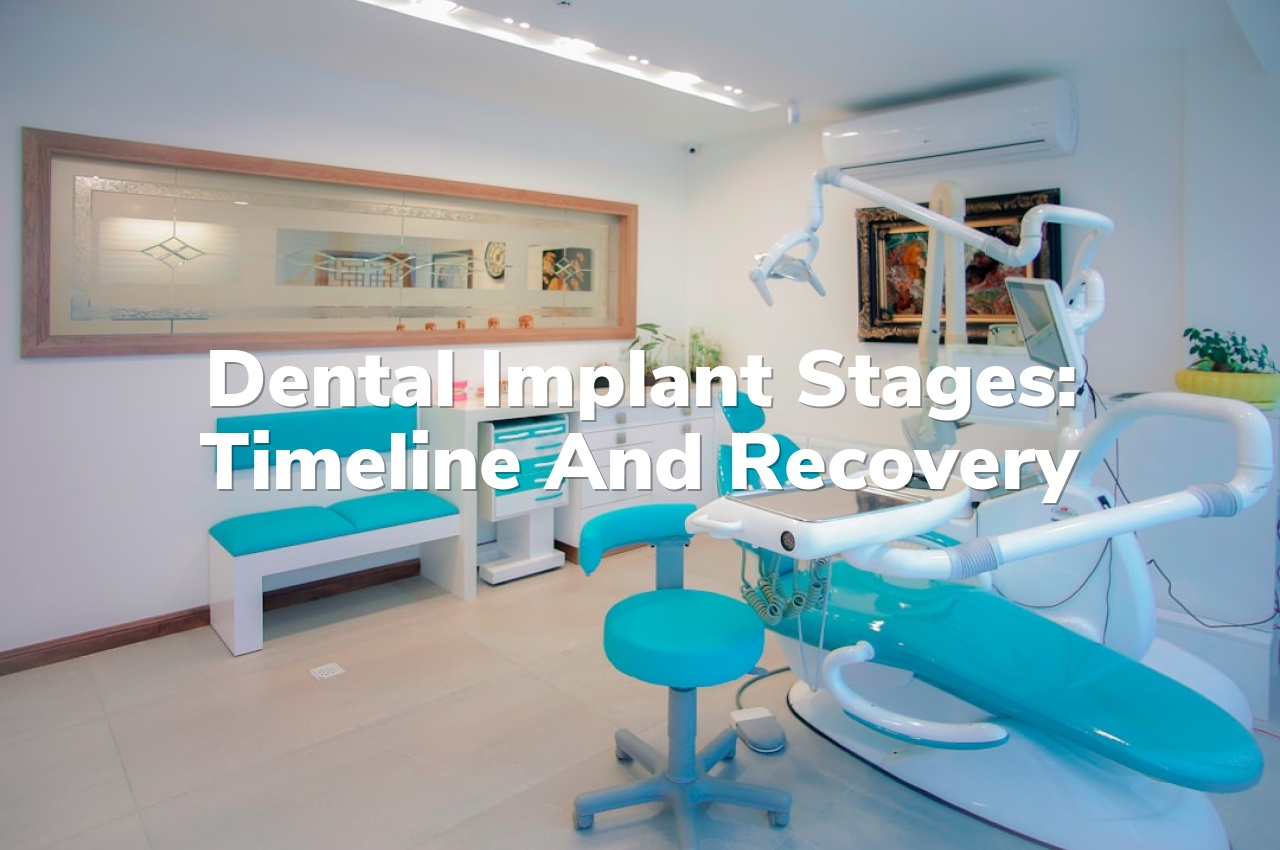Are you curious about what to expect during the journey of getting dental implants? The process involves several stages, from initial consultation to the final placement, typically spanning several months to ensure proper healing and integration. Recovery times can vary based on individual circumstances, but generally, patients can anticipate a gradual return to normal function as their mouth heals at each stage.
Risk of Infection and Inflammation
Understanding the potential risks associated with dental implant procedures is crucial for anyone considering this form of dental restoration. One of the primary concerns during the various stages of receiving a dental implant is the risk of infection and inflammation. These complications can occur at the surgical site and may affect the success of the implant integration process. The body’s natural response to any surgical intervention can include swelling and redness, which are typical signs of inflammation. However, if bacteria enter the surgical area, it can lead to an infection, which might require additional care and could potentially prolong the recovery timeline.
The healing period following dental implant surgery is a delicate time when the body works to fuse the implant with the jawbone in a process known as osseointegration. During this phase, maintaining a clean environment in the mouth is paramount to prevent infection and ensure proper healing. While discussing the financial aspects of dental implants, such as How much does a single tooth implant cost in the US?, it’s also important to consider the biological costs, such as the body’s response to the procedure. Patients should be aware of the signs of infection and inflammation and communicate with their dental professionals if they have any concerns during their recovery.
Potential for Nerve Damage
During the process of receiving dental implants, there is a potential risk for nerve damage, which can occur if the implant affects nerves in the jaw. This is a consideration that patients and dental professionals take seriously, as it can lead to numbness, discomfort, or a tingling sensation in the lips, gums, and even the face. The precise placement of implants is crucial to minimize this risk, and advanced imaging techniques are often used to map out the area before surgery to avoid any complications.
While nerve damage is a rare occurrence, it’s important for patients to be aware of all potential outcomes when considering dental implant surgery. Open communication with your dental care provider about risks and recovery expectations is essential for a successful implant procedure. If you’re looking for Reliable Tooth Implants Right Here in Mukwonago, ensure that your dental practitioner discusses all aspects of the procedure with you.
Dental Implant Failure and Rejection Risks
Understanding the potential risks associated with dental implants is crucial for anyone considering this procedure. Although dental implants boast a high success rate, there are instances where implant failure or rejection can occur. Factors such as poor oral hygiene, insufficient jawbone density, and certain medical conditions may contribute to these risks. Additionally, lifestyle choices like smoking can also impact the long-term viability of an implant. It’s important to recognize that while complications are relatively rare, they are a natural consideration in the journey towards dental restoration.
Bone Loss and Grafting Concerns
When considering dental implants, it’s important to understand that successful implantation often depends on the quantity and quality of the jawbone to which the implant will be attached. If a patient has experienced bone loss, whether due to periodontal disease, injury, or the natural resorption that occurs after tooth loss, there may not be sufficient bone to support an implant. In such cases, bone grafting might be discussed as a potential step in the dental implant process. This procedure involves adding bone or bone-like materials to the jaw to augment its volume, creating a more robust foundation for the implant. The timeline for healing and recovery after bone grafting can vary, extending the overall duration before a dental implant can be placed.
For those in the Mukwonago area seeking more information on dental implants, Sullivan Dentistry is a resource you might consider. Mukwonago Dentist
Gum Tissue Swelling and Discomfort
After undergoing dental implant surgery, it’s not uncommon for patients to experience some degree of gum tissue swelling and discomfort. This is a natural response as the body initiates the healing process. The gums around the implant site may become tender, swollen, or even appear slightly reddened for a few days post-surgery. While these symptoms are typically temporary and manageable with proper care and medication prescribed by your dental professional, they are important factors to consider when preparing for dental implant surgery. Maintaining good oral hygiene and following your dentist’s post-operative instructions can greatly alleviate these side effects and promote a smoother recovery.
Conclusion
For any inquiries or to discuss your specific needs, please call us at 262-363-4114 or read our patient experiences on Google Maps.

